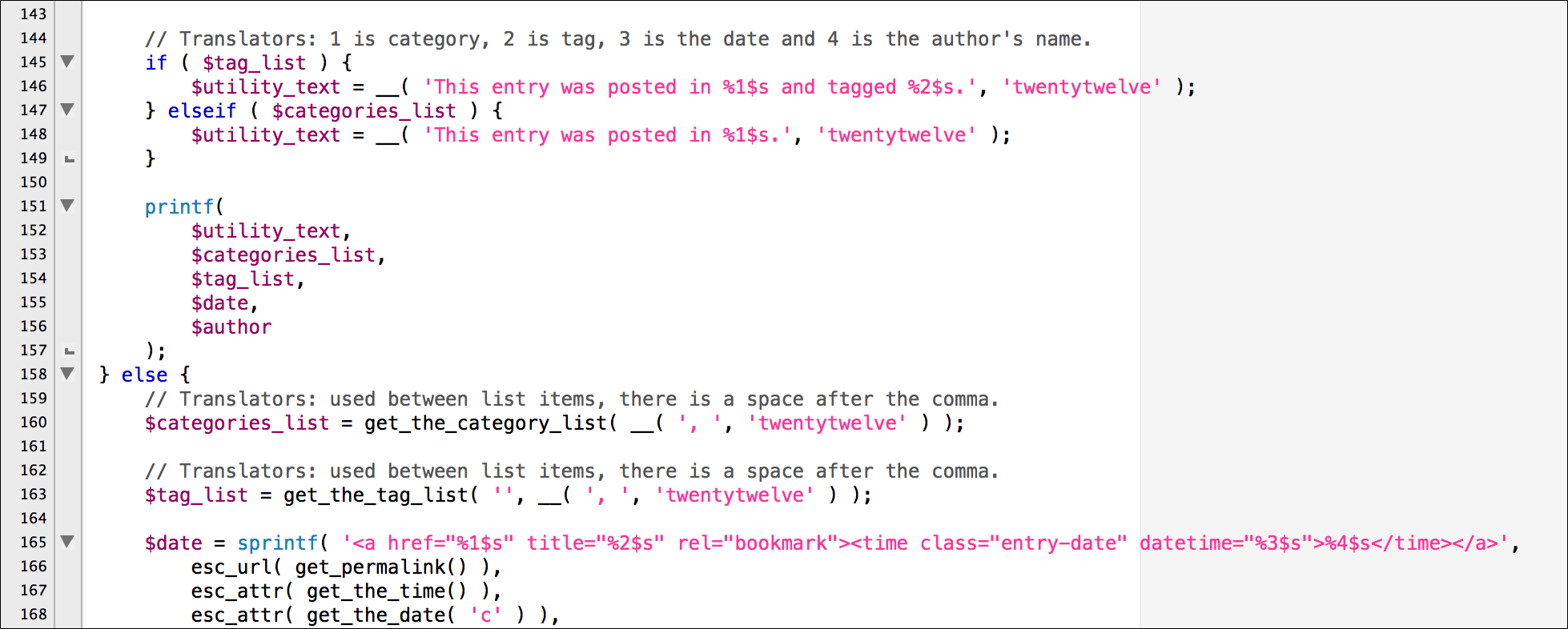TheInfamousMag.com
Description: Magazine website
Platform: WordPress (PHP, CSS, HTML, JavaScript)
Features: Responsive, mobile-friendly design, widgetized areas for display advertising, featured content slider, e-commerce page, contact pages, custom metadata
TheInfamousMag.com was my first website, and I had to teach myself everything about web design and development in order to build it. My tool for this was Lynda.com, which I highly recommend. TheInfamousMag.com used WordPress, the hugely popular, open-source content management system used by more than 60 million websites.
TheInfamousMag.com used a “child theme,” meaning that I created my own entire look and functionality for the website based off of WordPress’s default theme. Once I had my child theme, I used CSS to style the website’s look, sizes, layouts, colors, fonts, menu sizes, and more. I also used CSS to create a “responsive design,” meaning that the website appeared in different formats depending up on the user’s device. That means my website looks good and works well whether it is being accessed from a desktop computer, a tablet, or a smartphone. I also took steps to ensure that the site worked well on outdated browsers like previous versions of Internet Explorer.

I included a JavaScript-powered featured content slider on the site’s homepage, allowing the client to feature a range of articles, new and old, in an eye-catching manner as the first thing the user sees. The website included areas for banner advertisements and had a simple but fully functional e-commerce page that tied into the client’s PayPal account. One of the things I worked hardest on cracking was probably something that most users would never notice: editorial content that came from the printed pages of the magazine displays different metadata (information about the date, author, etc.) than content that was created for the website alone.

I created three separate contact pages that communicate with the client via e-mail: a general contact, a more detailed contact page for prospective advertisers, and a contact page for users to upload images and other content – but only after they agreed to the terms and conditions for contributing to the magazine. I even included a privacy policy (though most of the text was provided by Automattic, a company run by WordPress’s creator).
Finally, WordPress’s ubiquity makes it a target for hackers, so TheInfamousMag.com was created from day one with security in mind, and it incorporates a range of simple yet effective features to prevent vulnerabilities, strengthening the site and protecting its data. The website and its content were regularly backed up automatically, so in the event that anything did go wrong, the website could be restored in a matter of minutes.
Although I received no compensation for the creation of the website, I continued to let The Infamous use my website for over one year after I resigned from the organization.

